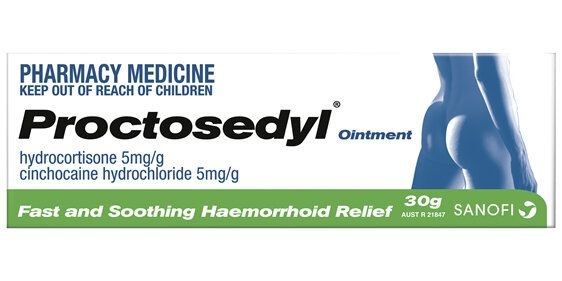Haemorrhoids
What are they?
Haemorrhoids, also called piles, are swollen veins in the anus (back passage) and lower rectum. Haemorrhoids are similar to varicose veins. Haemorrhoids can develop inside the anus, called internal haemorrhoids. They also can develop under the skin outside the anus, called external haemorrhoids. Large internal haemorrhoids may protrude (stick out) of your anus. This is a prolapse.
They happen when there is a weakness in the side of your anal canal that leads to thickening of the lining. The veins in the lining can enlarge to become a haemorrhoid. This causes symptoms such as bleeding, pain and discomfort.
Symptoms:
If you have haemorrhoids you may notice:
Bright red blood on the toilet paper or in the toilet when you have a bowel motion (poo)
Itchiness, discomfort or pain around your anus
Sometimes there can be a lump that protrudes out of your anus (prolapse)
Many people experience no symptoms or very mild symptoms that disappear after a couple of days. For other people, haemorrhoids are more painful.
Causes:
Haemorrhoids are usually caused by constipation (having hard bowel motions that are difficult to pass). Constipation causes you to strain when you go to the toilet. This puts pressure on the blood vessels in your anus, making them swell.
Pressure in the rectum may also be caused by :
Being overweight
Heavy lifting
Anal fissures (small tears in your anus that can cause pain when you poo)
Coughing, vomiting, diarrhoea
Haemorrhoids are particularly common during pregnancy. This is because:
Constipation is quite common in pregnancy
The growing baby places pressure on your abdomen
There is more blood flowing through your body
Treatment
There are several options available to treat haemorrhoids.
Controlling constipation
Eat a high fibre diet to make the bowel motion softer and easier to pass
Drink plenty of water
Try not to strain when you go to the toilet
Optimise toilet positioning:
Elevate feet a bit with a step stool as you sit on the toilet. This changes the position of the rectum to allow for easier passage of stools.
Medicines:
Pain and inflammation can often be relieved using over-the-counter haemorrhoid treatments from the pharmacy.
Proctosedyl Ointment and Suppositories provide relief of haemorrhoids and anal fissures.
These contain a local anaesthetic (cinchocaine) to relieve pain and a steroid (hydrocortisone) to reduce inflammation and swelling as well as relieve itching.
Directions for Use
For anal and rectal use
For best results, apply after a bowel motion
Wash and dry anal area
For external haemorrhoids, apply a small amount of
ointment to a finger and gently apply to the affected areaFor internal haemorrhoids, attach nozzle to tube and insert into anus and squeeze tube while withdrawing
Apply to the affected area up to 3 times daily
Cautions
Do not use if seal under the lid is broken or missing.
Do not use for longer than 7 days unless advised by a doctor.
Do not use in children 12 years of age and under.
When to see a doctor:
If your symptoms of haemorrhoids are getting worse or if there's no improvement after 7 days of treatment at home you should see your GP.
If you have had a lot of bleeding the GP may get a blood test done to check for anaemia.
Our Opening Hours
Monday - Friday
8.00 AM - 7:00 PM
Saturday & Sunday
9:00 AM - 6:00 PM
Contact us
Phone: 03 xxx xxxx
Email: email@mylocalpharmacy.co.nz
Address 1
Address 2
City Postcode
New Zealand
